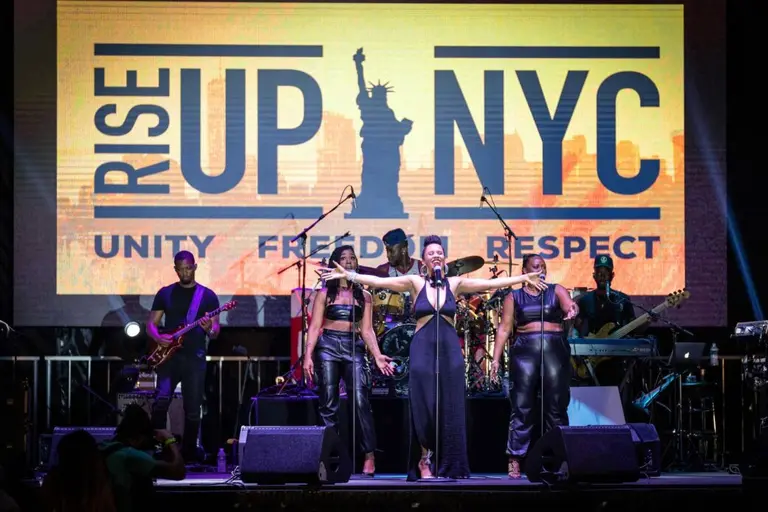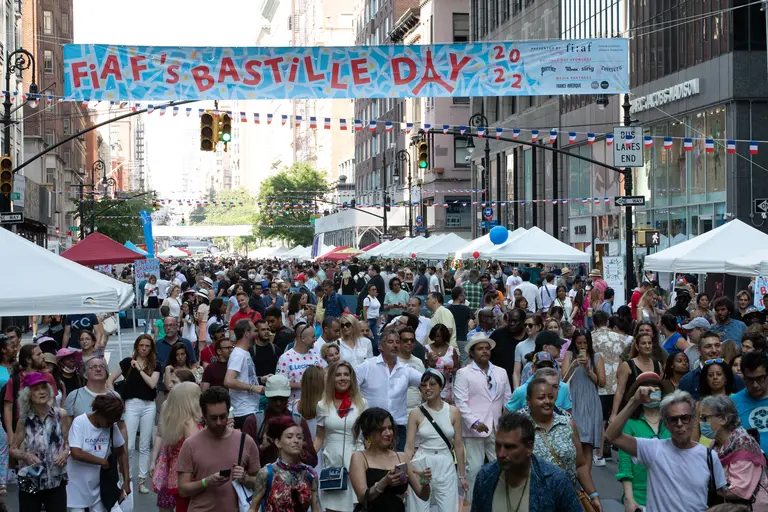13 places to go hiking in New York City
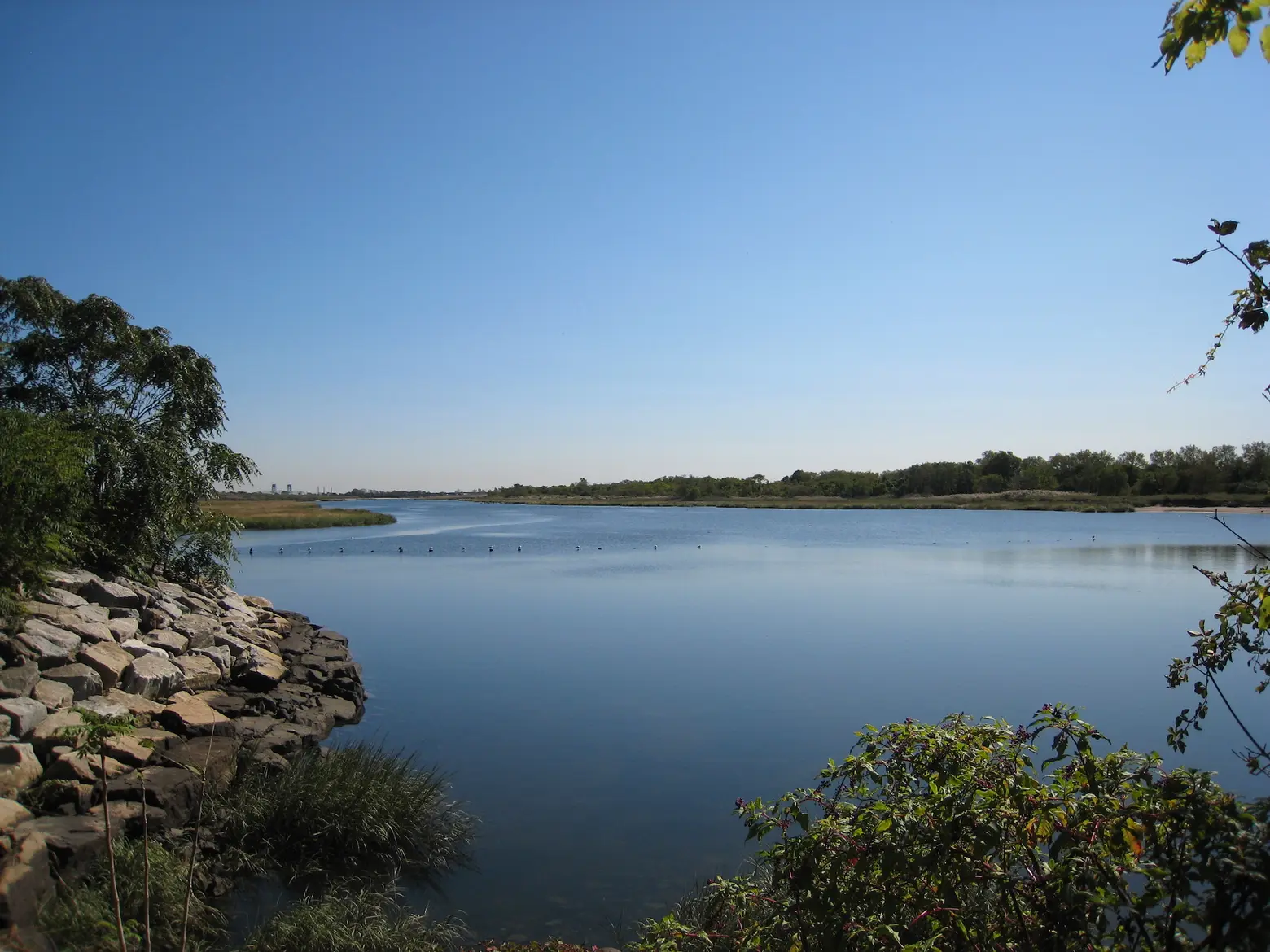
Photo of Marine Park via Wikimedia
Forget the rental car or Metro-North trip, all you need to go hiking is subway or bus fare. Home to over 30,000 acres of parkland, New York City offers hundreds of nature trails to explore in parks across the five boroughs. New Yorkers do not have to travel very far to connect with the great outdoors, from the Staten Island Greenbelt, which is three times the size of Central Park, to ecologically diverse forests in Van Cortlandt Park, to the salt marshes of Marine Park Preserve. Ahead, discover some of the best trails to hike in every borough.
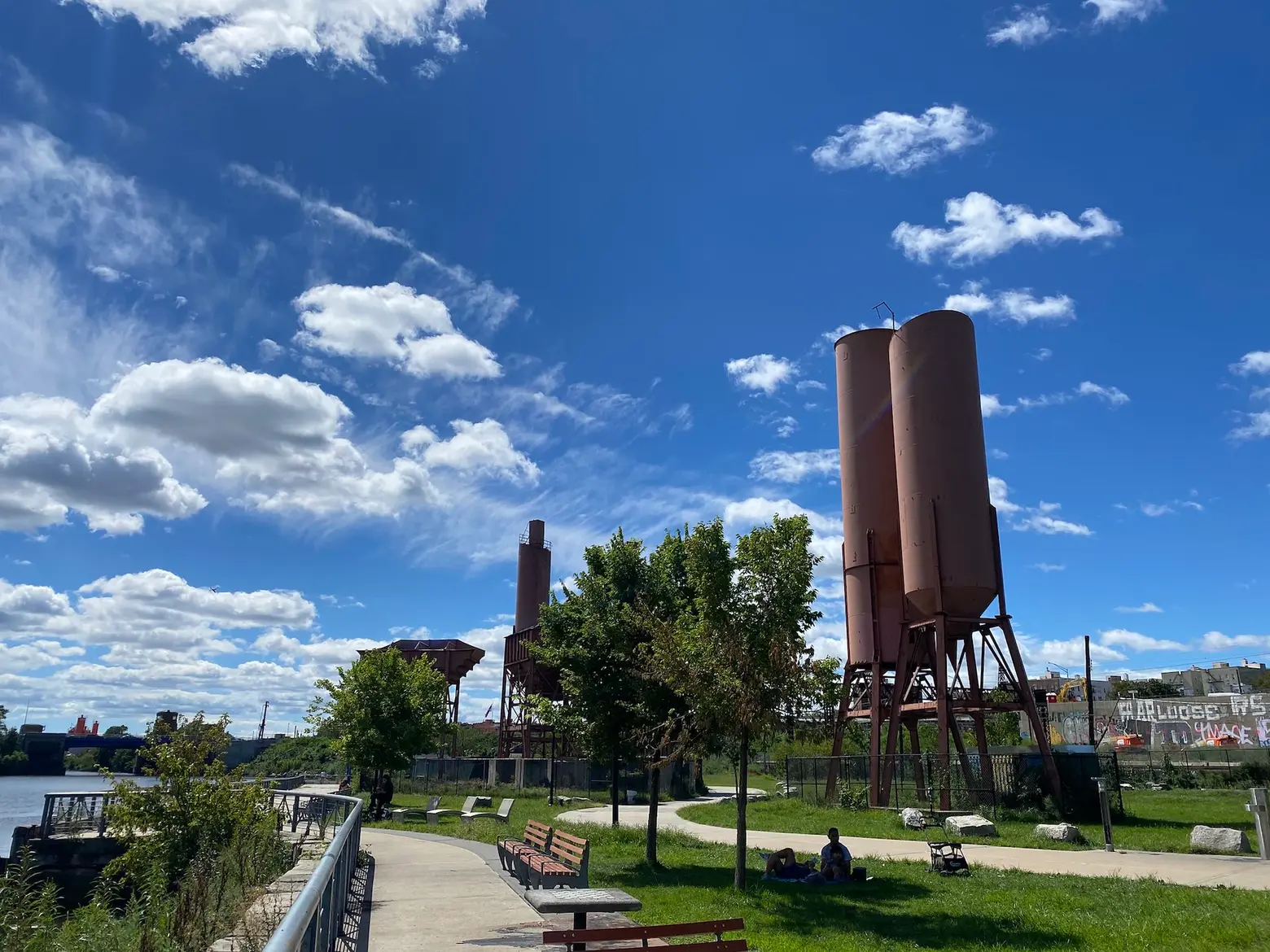
Photo of Concrete Park by TheTurducken on Flickr
The Bronx
Bronx River Greenway
Stretching along the Bronx River between the Bronx and Westchester County, the 23-mile Bronx River Greenway provides a tour of the scenic waterfront. Along the eight miles of the greenway located in the Bronx, you’ll be able to hit several parks, including Soundview Park and its restored salt marsh, Concrete Plant Park, an abandoned concrete plant transformed into a waterfront park, and Hunts Point Riverside Park. It also runs alongside the Bronx Zoo and the New York Botanical Garden, if you’re looking for a mid-hike break.
Bronx River Forest
As one of the oldest forests in New York City, the Bronx River Forest offers a peaceful reprieve from city life. A recently completed restoration project returned the floodplain to its natural state and added native species. Located in Bronx Park, the Bronx River Forest has two trails that are roughly a mile in length and pretty flat, making it a good spot for beginners. Some must-see resting stops include Burke Bridge, a perfect place to watch birds or kayakers on the River below, and River Lookout, where you can take in the many native trees and wildlife of the area.
Cass Gallagher Nature Trail
Found in the northwest section of Van Cortlandt Park, a 1,146-acre green space with many diverse ecosystems and natural features, the Cass Gallagher Nature Trail is a moderate trail measuring about 1.4 miles. Located just a short walk from Broadway and Mosholu Avenue, the trail loops through the center of the Northwest Forest, “up hills and down valleys,” according to NYC Parks.
John Muir Trail
Also in Van Cortlandt Park, the John Muir Trail takes hikers from east to west, the only trail in the park to do so. The 1.5-mile path winds through three ecologically distinct forests, including the Northeast Forest, the Croton Woods, and the Old Croton Aqueduct. The John Muir Trail connects with the Old Croton Aqueduct Trail, a 2.3-mile segment formerly part of the Croton Dam, which was built in the late 1800s to supply water to New York City. Find a detailed trail map for Van Cortlandt Park from NYC Parks and the Van Cortlandt Park Alliance here (pdf).
Kazimiroff Trail
The Bronx is full of surprises, one of them being Hunter Island, a stunning waterfront wildlife refuge within Pelham Bay Park. The site includes the largest continuous oak forest in the park as well as tidal wetlands and woodlands. The Kazimiroff Trail, named for Bronx historian and preservationist Theodore Kazimiroff, loops around the entire island, with two separate forested paths providing scenic views of the park and Orchard Beach.
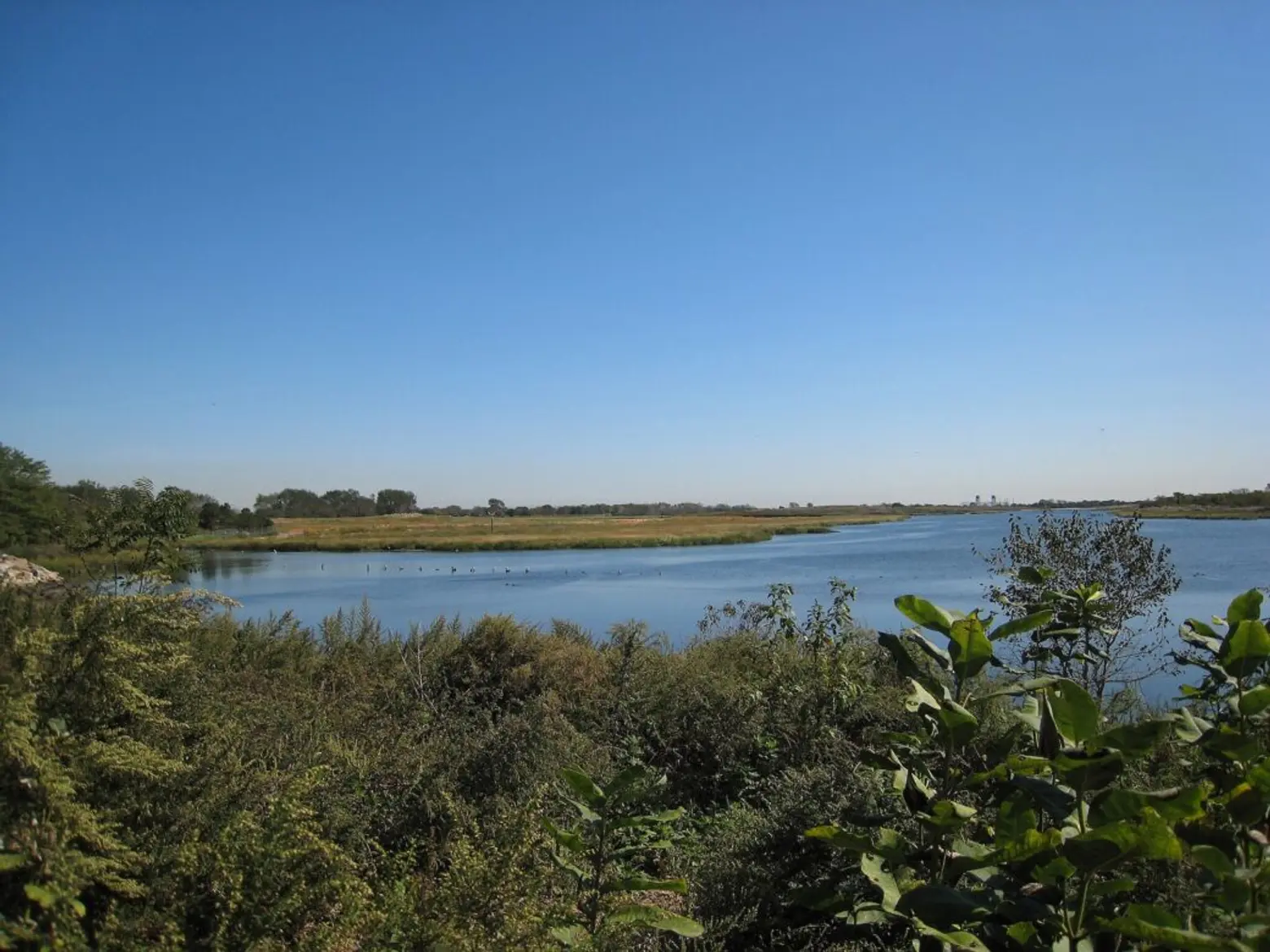
Brooklyn
Prospect Park
Home to the Ravine, Brooklyn’s only natural forest, Prospect Park is an ideal spot to connect with nature, whether it be through biking, running, or hiking. The 526-acre park has several trails that measure half of a mile up to a mile in length, making it another good park for beginners and families. NYC Parks recommends checking out the Midwood trail, a 0.75-mile path that starts near the park’s Audubon Center and takes you through Brooklyn’s oldest forest, which was preserved during the park’s construction in the 1870s. Another can’t-miss path is the Waterfall Trail, which follows the manmade course of Fallkill Falls, one of six waterfalls seen along this trail.
Salt Marsh Nature Trail
The largest park in Brooklyn, Marine Park Preserve, measures 530 acres and is made up of salt marshes and grassland that surround the freshwater stream of Gerritsen Creek, part of Jamaica Bay. Due to its diverse habitats, the park has attracted over 200 bird species and 100 types of fish. The two main trails start at the Salt Marsh Nature Center off of Avenue U, a community and educational center that hosts programs and environmental workshops, in addition to guided tours. The trail includes a number of scenic lookouts, including the White Island Lookout, which faces the creek and offers views as far north as Manhattan, and the Mudflat Lookout, located on the western side loop trail, where tidal flats and restored wetlands are visible.
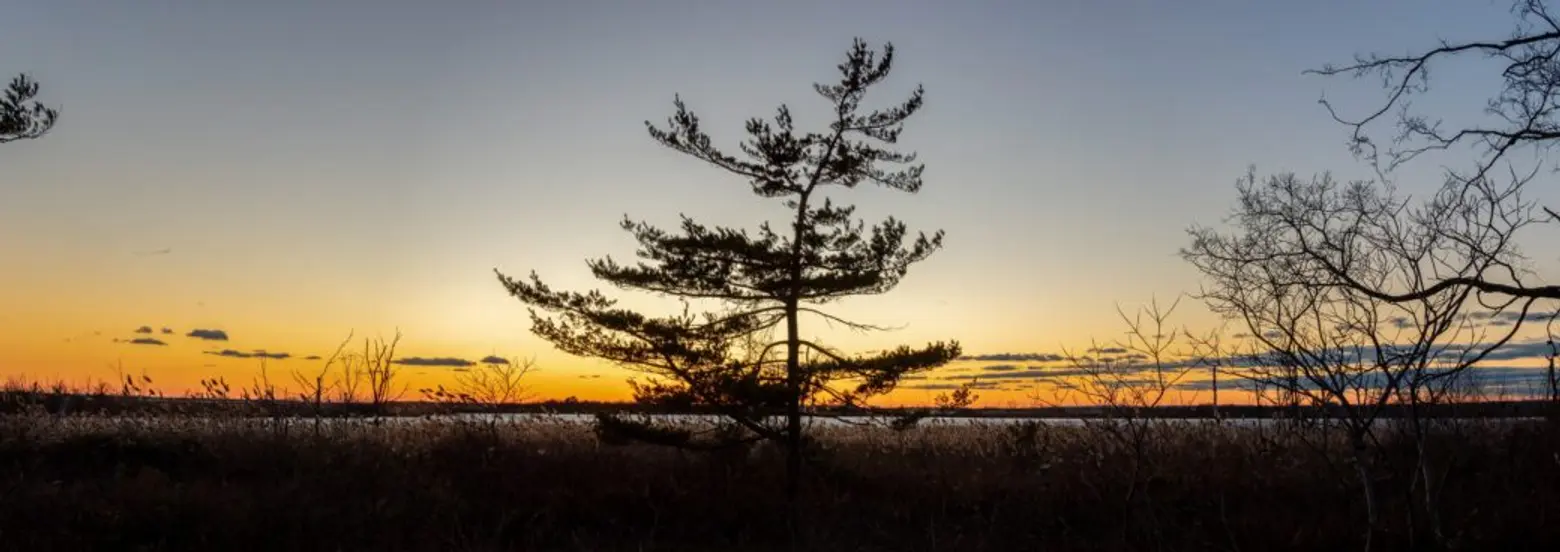
Queens
Forest Park
At 543 acres, Forest Park is the third largest park in Queens. With all that green space, including the borough’s largest continuous oak forest, there is no shortage of nature to explore in the park. There are three designated hiking trails at Forest Park, including the Blue Trail, 1.7 miles in length, the Orange Trail, 2.4 miles, and the Yellow Trail, a one-mile path. Some notable stops along the trails include Pine Grove, home to pine trees that are over 100 years old, the Richmond Hill War Memorial, and Strack Pond, a restored kettle pond surrounded by native plantings and wildlife.
Jamaica Bay Wildlife Refuge
The Jamaica Bay Wildlife Refuge is one of those places many New Yorkers can’t believe even exists in the city. Located by John F. Kennedy Airport, the National Park Service-managed refuge is home to freshwater ponds, salt marshes, and hundreds of bird species and other wildlife. There are two main trails visitors can explore, one that loops around the West Pond and a second that goes around the East Pond.
Alley Pond Park
Alley Pond Park, located east of Flushing and below Little Neck Bay, is a massive, ecologically diverse park with 635 acres of meadows, ponds, forests, and marshes, all of which attract an array of bird species. There are several trails at Alley Pond Park, ranging from the 0.7-mile Blue Trail to the 2.2-mile Yellow and White Trails. If you’re looking to see one of the star attractions of the park, head for the Tulip Tree Trail to see the Alley Pond Giant, a 133-foot-tall tulip tree estimated to be between 350 and 450 years old. Located right off Northern Boulevard is the Alley Pond Environmental Center, a nonprofit organization that provides community programs and events related to the park’s preservation.
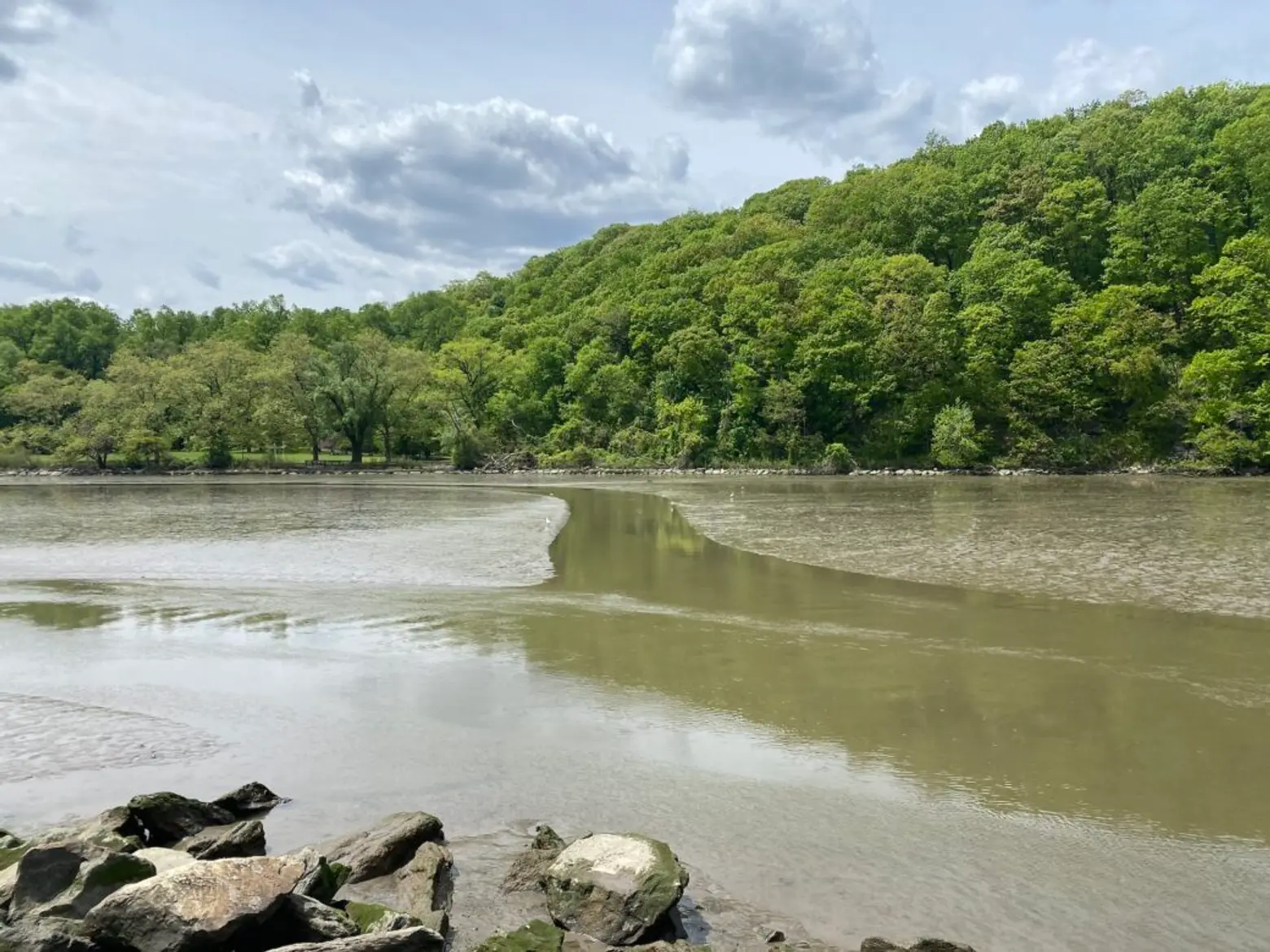
Manhattan
Inwood Hill Park
Home to the last remaining natural forest in Manhattan, Inwood Hill Park offers a unique look at the prehistoric roots of the borough. There are three official trails that NYC Parks highlights, the Blue Trail, a moderate 1.7-mile hike with views of the Jersey Palisades, Orange Trail, a 1.3-mile intermediate path that passes by some incredible rock formations, and White Trail, a beginner-friendly trail with lovely views of the Hudson River.
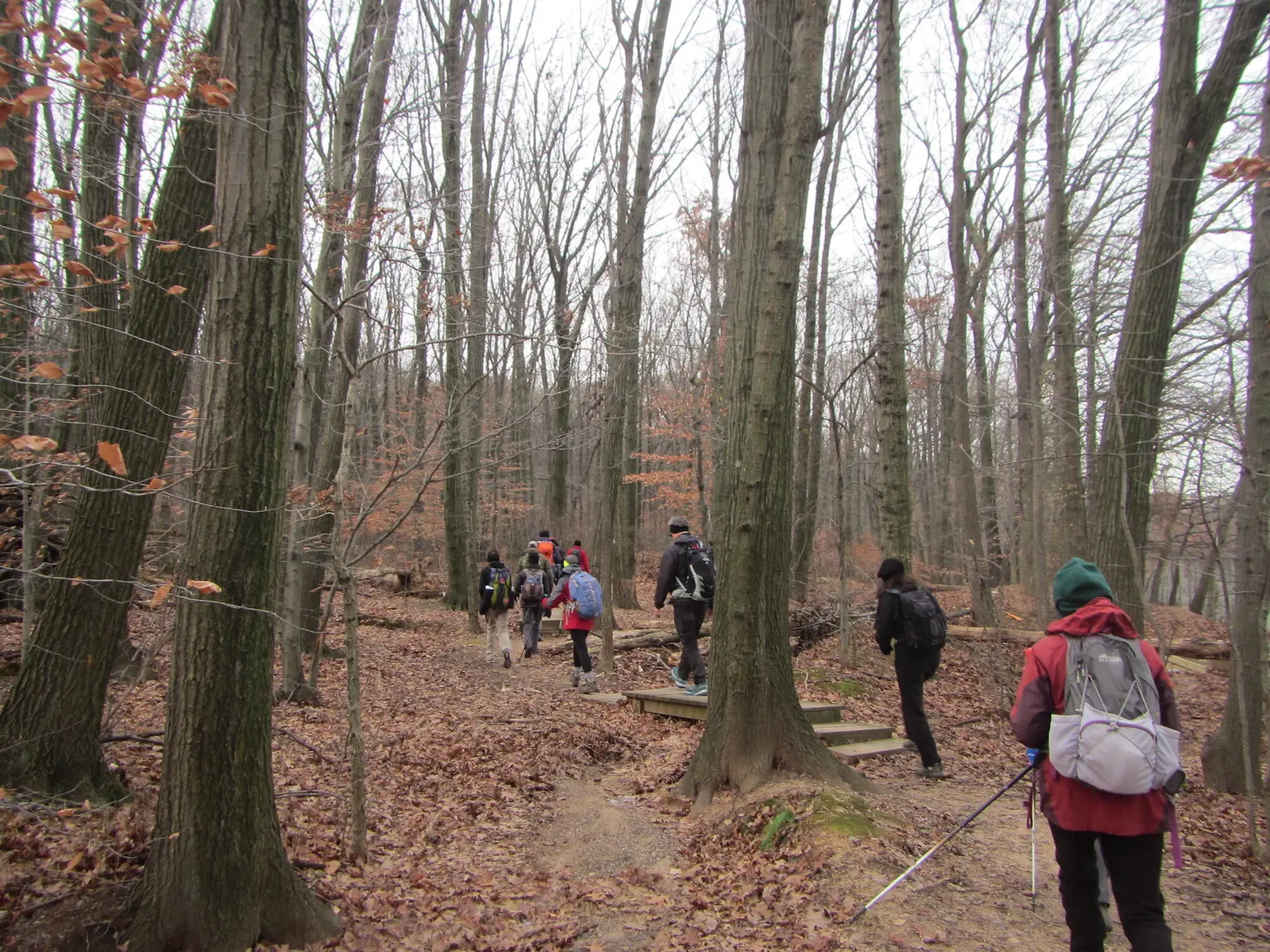
Photo by TheTurducken on Flickr
Staten Island
The Greenbelt
For both newbie and veteran city hikers alike, The Greenbelt, located in the center of Staten Island, has several trails perfect for all levels of ability. With nearly 3,000 acres of land, the Greenbelt consists of both natural areas and public park space. According to the Greenbelt Conservancy, there are six major trails in the park, ranging from easy to difficult. The Blue Trail (12.3-mile trail that crosses the crest of Todt Hill), the White Trail (7.6-mile long trail connected to Great Kills Park), Red Trail (an easy-to-moderate 4-mile loop with an extension to Historic Richmondtown) Yellow Trail (a more difficult 8-mile path through the Reeds Basket Willow Swamp), Nature Center Trail (one-mile of flat terrain ideal for beginners and young hikers), and the Multipurpose Trail (a 2.6-mile loop around the LaTourette Golf Course).
Clove Lakes Park
This 193-acre park in Staten Island’s West Brighton neighborhood is a protected nature preserve, full of hills, lakes, ponds, and the borough’s largest living thing: a 300-year-old tulip tree over 100 feet tall. This park offers a 2-mile trail taking hikers around Clove Lake and Martling Lake.
RELATED:
- 7 best hikes near New York City
- The best spots for bird watching in New York City
- Where to find New York City’s secret waterfalls
Editor’s note: The original version of this article was published on May 19, 2021, and has since been updated.











